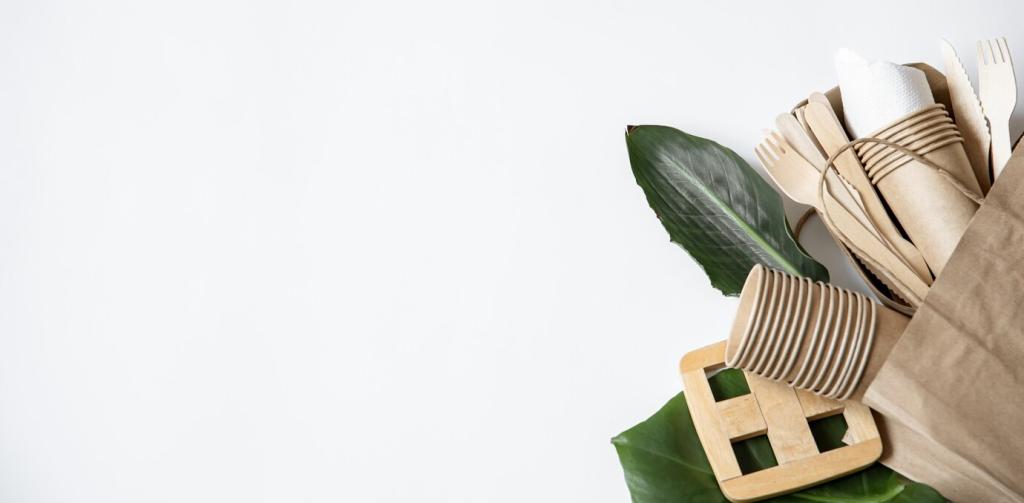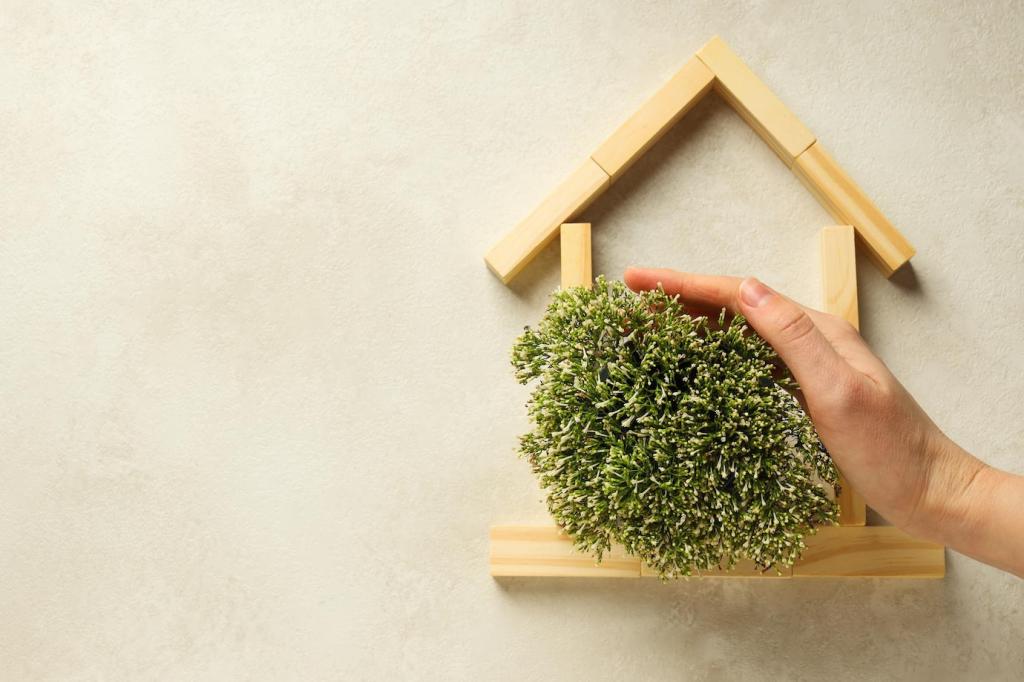Natural Protection and Low-VOC Finishes
Raw linseed and pure tung oil nourish wood and repel moisture. Apply thin, well-buffed coats and allow proper curing time. Avoid metallic dryer additives when possible. An old family picnic table survived a decade of rainy springs with annual tung oil refreshes—proof that patience beats quick, chemical fixes.
Natural Protection and Low-VOC Finishes
Melt beeswax with a little coconut or jojoba oil to create a creamy balm that buffs out scuffs and adds a soft, natural sheen. It’s perfect for armrests and rails. Readers love the subtle, honeyed scent. Want our small-batch recipe? Subscribe, and we’ll send a printable step-by-step guide.





